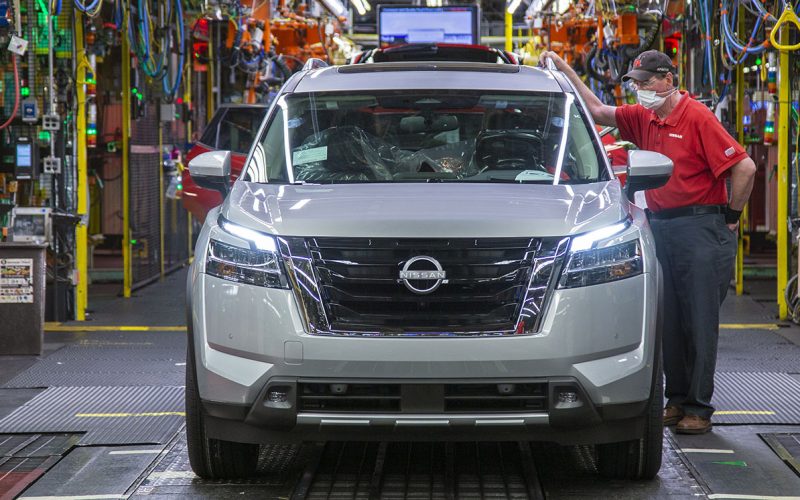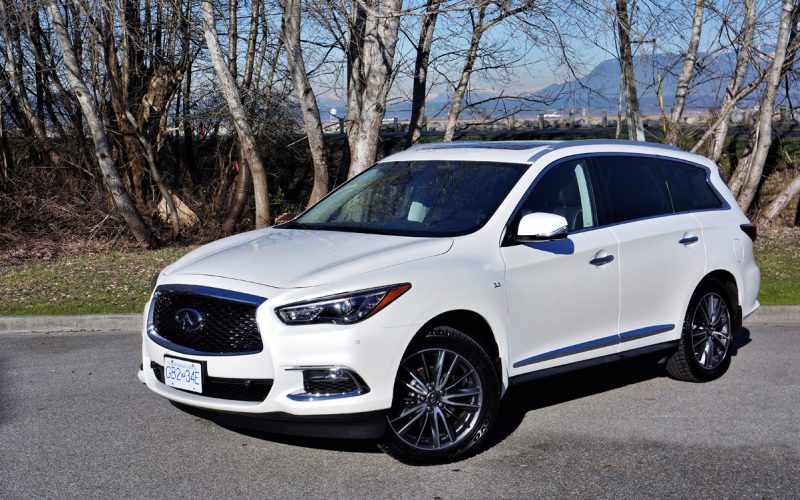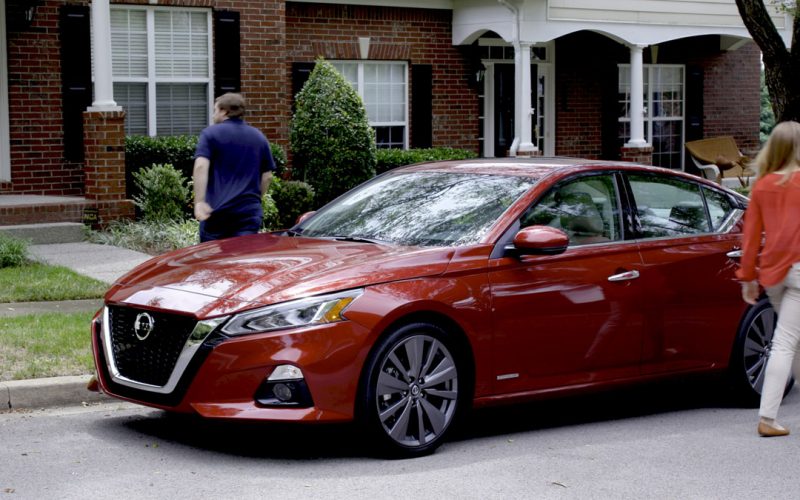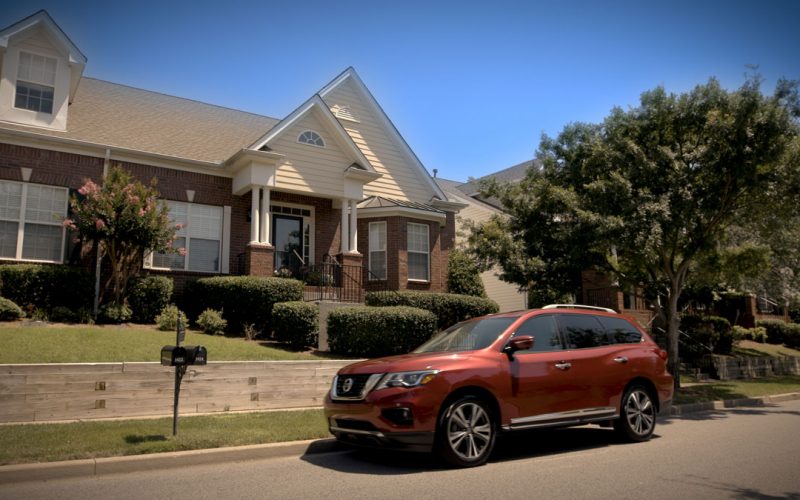
Reading Time: 4 minutesIt’s been nearly a decade since Nissan launched its car-based Pathfinder crossover, representing a risky move

Reading Time: 10 minutesFew premium models mimic their mainstream volume branded donor platforms so closely as the QX60 does

Reading Time: 4 minutesLast year Nissan announced its new “Rear Door Alert” (RDA) technology would soon be available on

Reading Time: 5 minutesHeartbreaking news of children and animals left to suffer in the back seats of cars during
© 2025 The Car Magazine. All Rights Reserved, Privacy Policy | Terms of Use